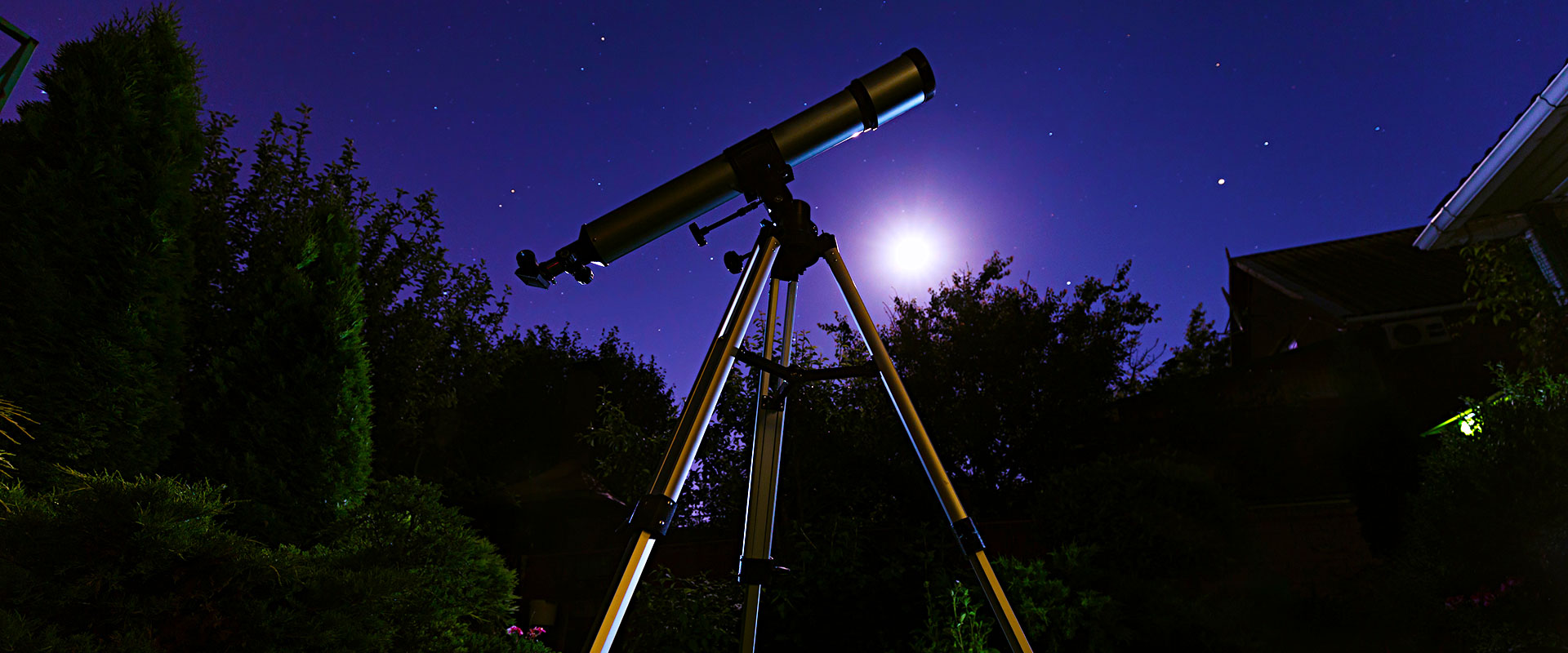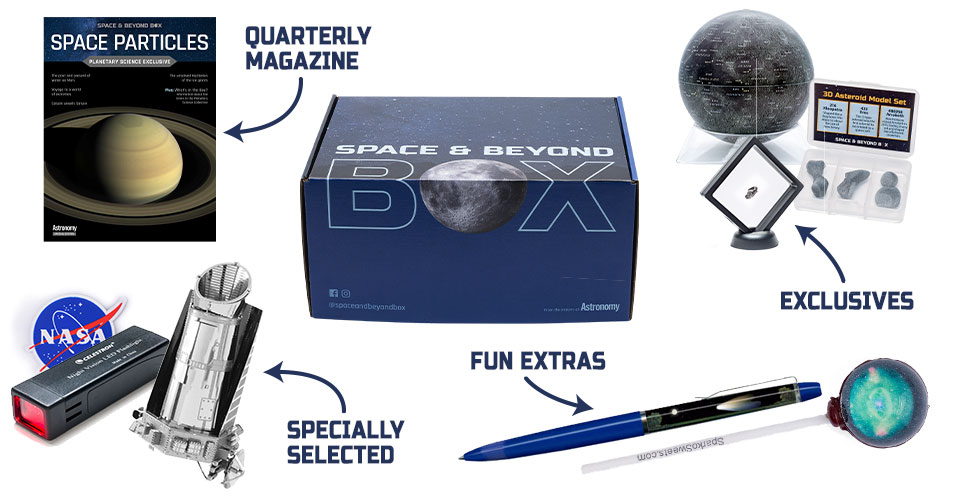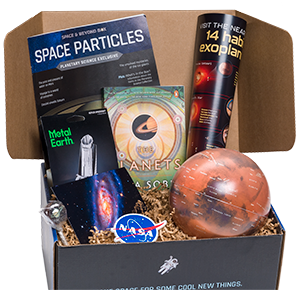The Space & Beyond Blog

Backyard Astronomy for beginners
A basic stargazing guide for amateur astronomers
Backyard astronomy might seem daunting, but you don’t need expensive telescopes and high-tech equipment to become an amateur astronomer. In fact, all you need is a dark sky, your eyes, a lawn chair, and some knowledge of what you’re looking for!
Need a starting point for backyard astronomy? Here are some helpful beginner tips and resources for exploring stars, constellations, planets, and galaxies.
The naked eye
The large expanse of the sky is sometimes best viewed with no optical aid. With your naked eye, you can track the Moon’s nightly phase changes, view bright planets against the background stars, and watch bright and bold meteor showers. Our favorite is the Perseid Meteor Shower, which occurs every year between mid-July and mid-August.
Using just your eyes, you can also spot bright deep-sky objects like the Pleiades star cluster, the Orion Nebula and the Andromeda Galaxy.
Enjoying our blog?
Check out the Space & Beyond Box: our space-themed subscription box!

Binoculars
Binoculars can bridge the gap between the naked eye and telescopes. While any binocular will suffice for backyard observing, we recommend either the 7×50 or 10×50 size. The first number represents the magnifying power, and the second defines the width of the front lenses in millimeters. Smaller binoculars could work, but they collect less light than 50-millimeter versions.
Binoculars can capture a surprisingly large and diverse array of sky objects. Start with the Moon and spend some time observing its major features. Want to go deeper into space? Recline in a lawn chair and take a Milky Way cruise from Cassiopeia the Queen to Sagittarius the Archer. The sheer number of stars, clusters, and nebulae you encounter will dazzle you.
Telescope
A moderately sized and priced telescope — such as a no-frills 6- or 8-inch reflector that’s Dobsonian-mounted — will suit a backyard astronomer just fine. They’re easy to set up and use, and can capture enough deep-sky objects to keep you busy for a lifetime.
When you purchase a basic telescope, you get the optical tube assembly and mount, a pair of eyepieces (low and high power), and a finder scope for aiming. A no-frills 6-inch Dobsonian retails for between $250 and $300; another $50 to $100 will get you an 8-inch diameter scope.
Once your scope is set up, we recommend you start by exploring the Moon’s rugged, cratered terrain — a sight to behold through a telescope! Other night sky objects to observe with a telescope include Venus, double stars like Mizar and Albireo, the Wild Duck Cluster, the Hercules globular cluster, and the Ring Nebula.
Resources
In order to successfully navigate the night sky, you’ll need to be able to locate and identify the objects mentioned above. For starters, a star chart and red light flashlight to preserve your night vision are helpful; you can even make your own red flashlight by wrapping a flashlight lens with red cellophane.
Other useful resources include:
- A list of celestial events that tells you exactly what you can see in the night sky on any given day, like this one published by our partners at Astronomy.
- A planisphere which helps you match a time and date with the stars and constellations visible at that moment.
- Constellation guidebooks, which include descriptions of night sky objects and information on how to view them. We like Chet Raymo’s 365 Starry Nights.
- A basic star atlas, which provides a detailed look at constellations and stars.
